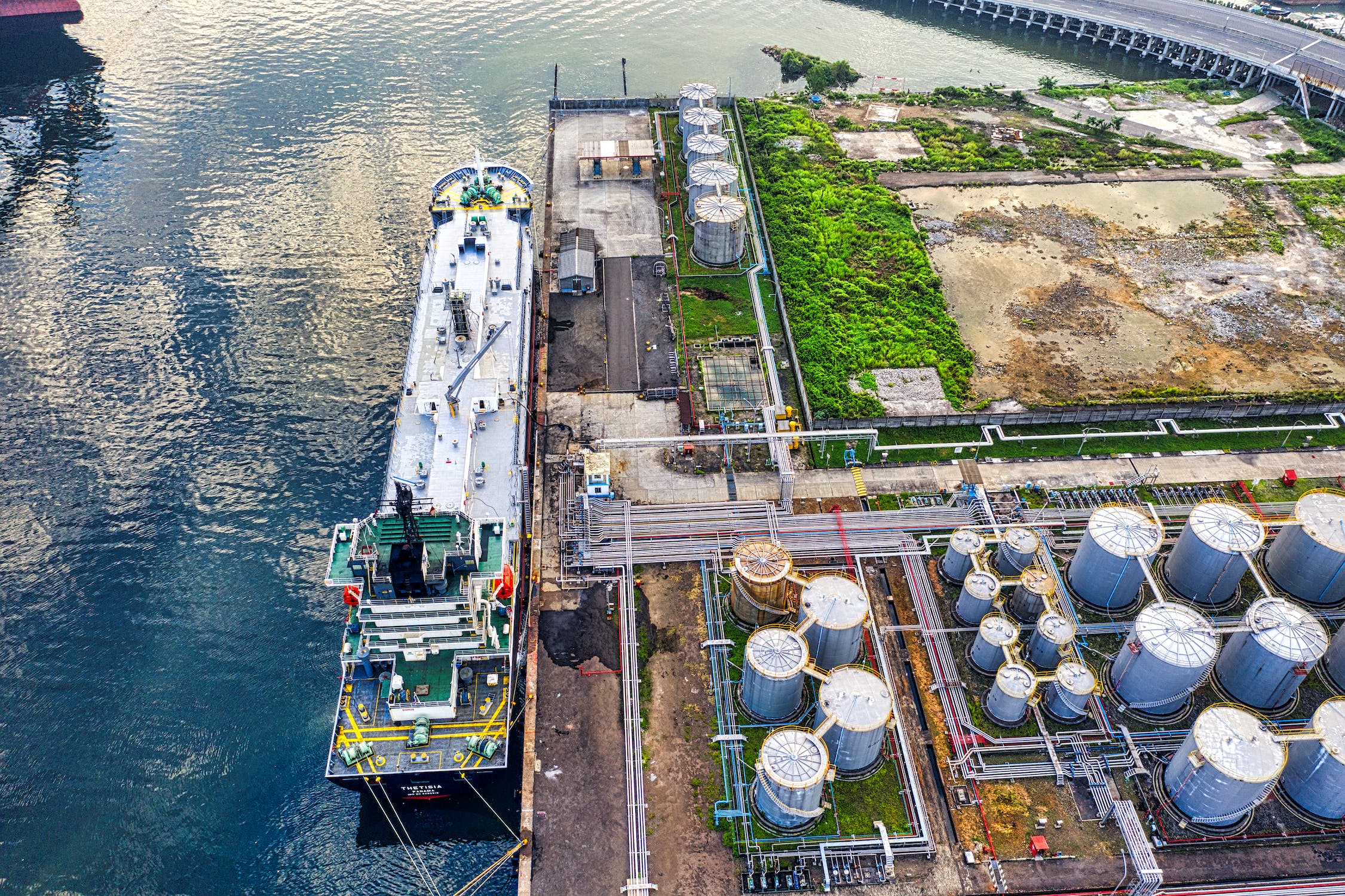
25 Jun OIL AND GAS FUTURIST AND KEYNOTE SPEAKER: HOW THE INDUSTRY IS MANAGING CHANGE
Per your favorite oil and gas futurists and keynote speakers, it’s clear that the industry is entering an era of rapid change. Moreover, from the perspective of petroleum providers and equipment makers, it’s also obvious that producers are adapting to meet these emerging demands. With so many shifts happening in the space, we oil and gas futurists (and the clients that we serve) would do well to keep a number of emerging trends top of mind, such as the following items.
Case in point: Leading the charge here is digital transformation, spurred by advancements in technology such as artificial intelligence (AI), machine learning, and blockchain. Among these solutions, AI particularly is being leveraged for predictive maintenance, reservoir characterization, and drilling optimization. By integrating new technologies, companies are able to improve efficiency, reduce costs, and ensure safer operations.
But in addition, automation and robotics have also come to the forefront of industry awareness. The use of automated drilling equipment and remote-operated vehicles (ROVs) is rising, which not only increases efficiency but also reduces human exposure to potentially hazardous environments. In fact, many oil rigs are now almost completely automated, marking a significant shift in industry operations.
Another burgeoning trend is the focus on sustainability and the circular economy. As society becomes increasingly aware of the climate crisis, there’s a growing demand for environmentally-friendly practices. The industry is rising to the challenge with initiatives such as carbon capture and storage (CCS), and the use of renewable energy in operations. Companies are also investing in sustainable fuel alternatives, such as blue and green hydrogen.
We’re also seeing a move towards the Internet of Things (IoT) and advanced analytics, like you’ve doubtless heard oil and gas futurists and keynote speakers touch on many times. Put simply, IoT sensors are being employed to collect vast amounts of data in real-time from equipment, pipelines, and wells. Advanced analytics tools and big data solutions are then used to draw insights from this data, enabling predictive analysis, improving decision making, and ensuring operational efficiency.
Furthermore, the geopolitical landscape of oil and gas is changing, with energy transition policies gaining momentum worldwide. As countries move towards renewable sources of energy, oil and gas companies are reassessing their strategies and diversifying their energy portfolios.
And finally, companies are also investing in workforce development in the face of digital transformation. As new technologies become integral to operations, there is a growing need for skilled workers who can navigate this evolving landscape. Many companies are now prioritizing the reskilling of their workforce to stay competitive in the digital age.



